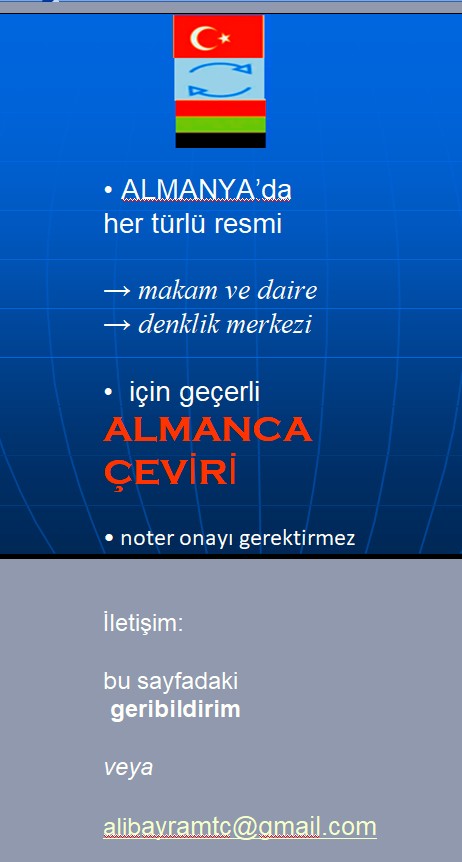articular
İngilizce - Türkçe
sıklık sırası: 16018sıfat / adjective – anatomy
ARTICULAR
Articular cartilage: The smooth, white tissue covering the ends of bones within joints, providing cushioning and facilitating movement.
Articular capsule: The fibrous connective tissue structure that encloses a synovial joint, providing stability and support.
Articular surface: The smooth, flat, or rounded portion of a bone that forms a joint with another bone, allowing movement.
Articular joint: A joint where two or more bones come together, allowing movement and flexibility.
Articular disc: A fibrous or cartilaginous structure found in some joints, enhancing stability and cushioning.
Articular cavity: The space within a joint that contains synovial fluid, facilitating smooth movement between bones.
Articular ligament: A band of fibrous tissue that connects bones within a joint, providing stability and limiting excessive movement.
Articular process: A projection or protrusion on a bone that forms part of a joint, facilitating movement and articulation.
Articular rheumatism: Inflammation or pain affecting the joints, often associated with conditions like arthritis.
Articular dysfunction: An abnormality or impairment in the function or movement of a joint.
Articular inflammation: Swelling, redness, or irritation within a joint, often due to injury, infection, or disease.
Articular repair: The process of healing or regenerating damaged articular cartilage or structures within a joint.
Articular mobility: The degree or range of movement available at a joint.
Articular movement: The motion or displacement occurring at a joint during movement.
Articular crepitus: A crackling or grinding sensation within a joint, often associated with degenerative changes or injury.
Articular biomechanics: The study of the mechanics, structure, and function of joints within the human body.
Articular degeneration: The progressive deterioration or wearing away of articular cartilage or structures within a joint.
Articular repair techniques: Medical procedures or interventions aimed at restoring or repairing damaged joints or cartilage.
Articular alignment: The correct positioning or arrangement of bones within a joint, ensuring proper function and movement.
Articular stability: The ability of a joint to maintain its position and resist displacement during movement.
Articular trauma: Injury or damage to the structures within a joint, resulting from accidents, sports injuries, or other causes.
Articular ankylosis: Stiffness or immobility of a joint due to fusion or adhesion of bone surfaces.
Articular physiotherapy: Rehabilitation techniques or exercises aimed at improving joint function, mobility, and strength.
Articular capsule rupture: A tear or disruption in the fibrous capsule surrounding a joint, leading to instability or pain.
Articular disease: A medical condition affecting the joints, such as osteoarthritis, rheumatoid arthritis, or gout.
Articular pathology: The study or diagnosis of diseases and disorders affecting the joints.
Articular disc displacement: A condition where an articular disc within a joint shifts or moves out of its normal position.
Articular neurology: The study or understanding of the nervous system's role in joint function, movement, and sensation.
Articular health: The overall condition, function, and well-being of joints within the human body.
Articular remodeling: The process by which bones and joints adapt or change in response to mechanical stresses or injuries.
Articular integration: The seamless functioning and coordination between different joint structures, ensuring smooth movement and stability.
Articular fixation: A condition where a joint becomes fixed or immobile due to injury, disease, or other factors.
Articular disorders: Various medical conditions or diseases affecting the joints, leading to pain, stiffness, or dysfunction.
Articular regeneration: Techniques or treatments aimed at regenerating or repairing damaged joint structures.
Articular anomalies: Abnormalities or irregularities in the structure, function, or development of joints.
Articular kinematics: The study of joint movement, including range, direction, speed, and patterns.
Articular mechanics: The study of forces, movements, and interactions within joints during various activities.
Articular adaptability: The ability of joints to adjust, modify, or respond to changes in movement, load, or function.
Articular discomfort: Pain, irritation, or unease experienced within a joint, often due to inflammation, injury, or overuse.
Articular dysfunction syndrome: A collection of signs and symptoms related to impaired joint function, mobility, or stability.
Articular contracture: A condition characterized by the shortening or tightening of muscles, tendons, or ligaments around a joint, limiting movement.
Articular exercise: Physical activities or movements aimed at improving joint mobility, flexibility, strength, or function.
Articular hypermobility: A condition where joints move beyond their normal range of motion, potentially leading to instability or injury.
Articular stability exercises: Specific exercises or activities designed to enhance joint stability and reduce the risk of injury.
Articular strength training: Resistance exercises focused on improving muscle strength, stability, and function around joints.
Articular stress: The strain, pressure, or tension experienced by joints during physical activities, movements, or tasks.
Articular recovery: The process of healing, restoring, or recovering from injuries, strains, or dysfunction within a joint.
Articular rehabilitation: The systematic approach to restoring, improving, or maintaining joint function, mobility, and health.
Articular relief: Techniques, interventions, or treatments aimed at reducing pain, inflammation, or discomfort within a joint.
Articular range: The extent or distance of movement available at a joint, often measured in degrees or units.
Articular protective mechanisms: The natural defense or adaptive responses within joints to prevent injury, damage, or dysfunction.
Articular performance: The ability of joints to function effectively, efficiently, and safely during various activities or movements.
Articular maintenance: The ongoing care, attention, and management of joints to ensure optimal function, health, and longevity.
Articular mobilization: Techniques or interventions aimed at improving joint mobility, flexibility, and range of motion.
Articular nutrition: The provision of essential nutrients, vitamins, and minerals to support the health, repair, and maintenance of joints.
Articular orthopedics: The branch of medicine specializing in the diagnosis, treatment, and management of joint-related disorders or injuries.
Articular prevention: Strategies, techniques, or interventions aimed at reducing the risk of joint injuries, diseases, or dysfunction.
Articular performance assessment: The evaluation or measurement of joint function, mobility, stability, and health.
Articular rehabilitation program: A structured plan or regimen aimed at restoring, improving, or maintaining joint function, mobility, and health.
Articular training: Specific exercises, activities, or interventions focused on enhancing joint function, stability, mobility, or performance.
ilgili sözler / related words


